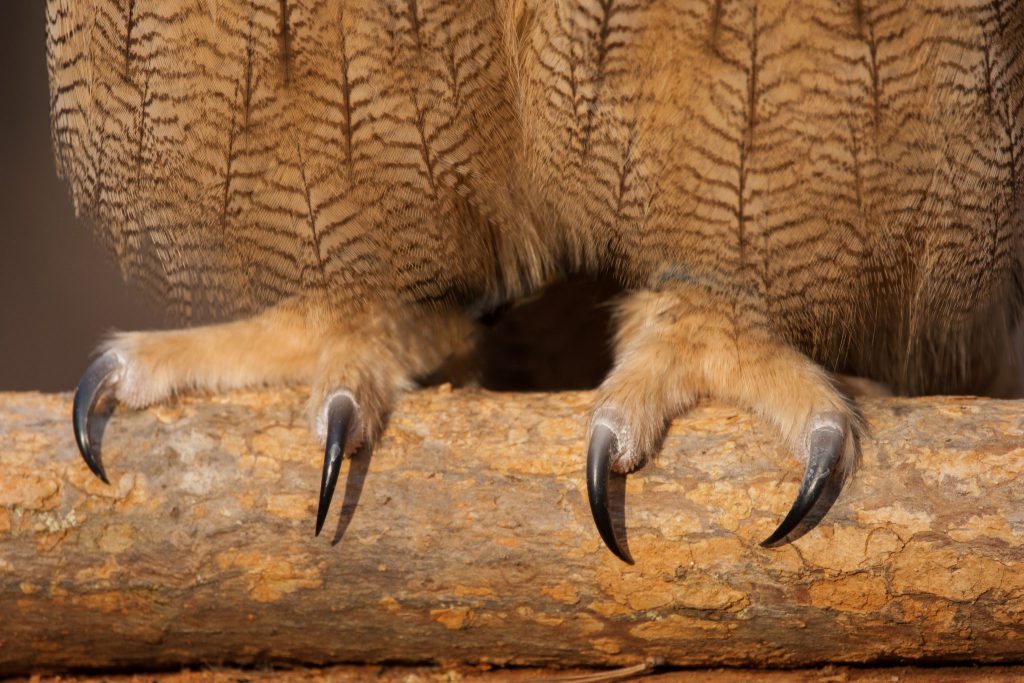The word ‘keratin’ comes from the Greek word keras or ceros, meaning “horn.” Keratin is a class of fibrous structural proteins that are strong and durable, making them ideal for forming tough bio-structures.
Keratin proteins play a crucial role in the formation of various protective and structural tissues in mammals and are characterized by their high content of amino acids, which form strong disulfide bonds between protein chains, contributing to keratin’s remarkable strength and resilience. Keratin is primarily known for its presence in the outermost layers of skin, hair, feathers, claws, hooves, and horns, providing these tissues with remarkable toughness and resistance to mechanical stress.
In non-human mammals, keratin proteins are found in a diverse array of anatomical structures. Hair, which comes in a wide variety of forms from fur to quills, is largely composed of keratin, offering insulation, camouflage, and protection from UV rays and other environmental elements. Claws, beaks, and talons in animals such as birds and reptiles are also predominantly made of keratin, granting these appendages strength and sharpness for activities like hunting and defense. Additionally, hooves in ungulates like horses, deer, and cattle consist of keratinized tissues that allow them to support the animal’s weight and navigate various terrains. These examples highlight the fundamental role keratin proteins play in shaping the physical characteristics and survival strategies of non-human mammals.
While humans have 54 kinds of keratin in their bodies, there are two main forms: the α-helix keratin and the β-sheet keratin.


Types of Keratin
α-Helix Keratin
α-helix or alpha-keratin is found in the hair, epidermis, horns, and nails of mammals. α-keratin is a fibrous structural protein, meaning it is made up of a repeating secondary structure that is very similar to that of a traditional protein helix. Due to this tightly wound structure, α-keratin can function as one of the strongest biological materials and has various functions in mammals, from predatory claws to hair for warmth.
β-Sheet Keratin
β-keratin or beta-keratin is found in the epidermis of reptiles and birds, along with their feathers, claws, beaks and scales. Unlike the helix of alpha-keratin, beta forms in stacked sheets, giving them much greater rigidity. These sheets of polypeptide chains extend in the same directions and never overlap (parallel). This construction gives beta-keratins their tough, rigid structure.
Beta-keratin serves as the building block of KERTEX. We use Beta-keratin extracted from the waste chicken feathers of the U.S. poultry industry, and through a proprietary process, we are able to create fibers that can be woven into KERTEX materials. The ample nationwide byproduct supply of chicken feathers (estimated at 1.2 million metric tons of feathers per year) represents an excellent raw material opportunity for next-gen performance fabrics. KERTEX can be domestically sourced and produced, is environmentally renewing, and is robust and rugged enough for U.S. Army applications.
To learn more, download the KERTEX product sheet linked below:
